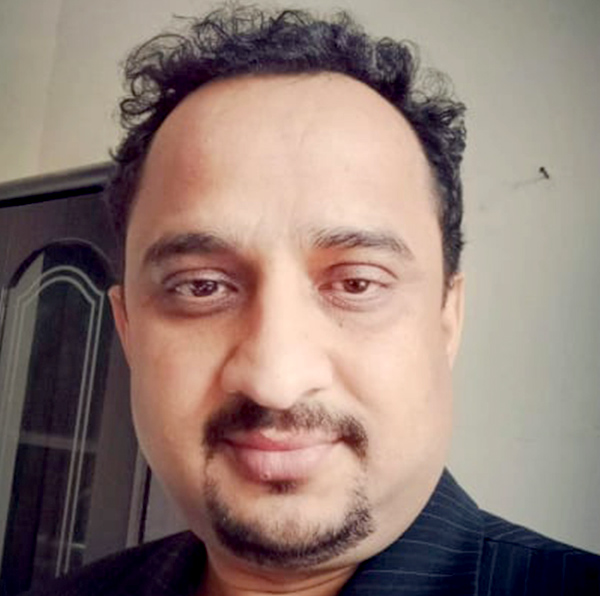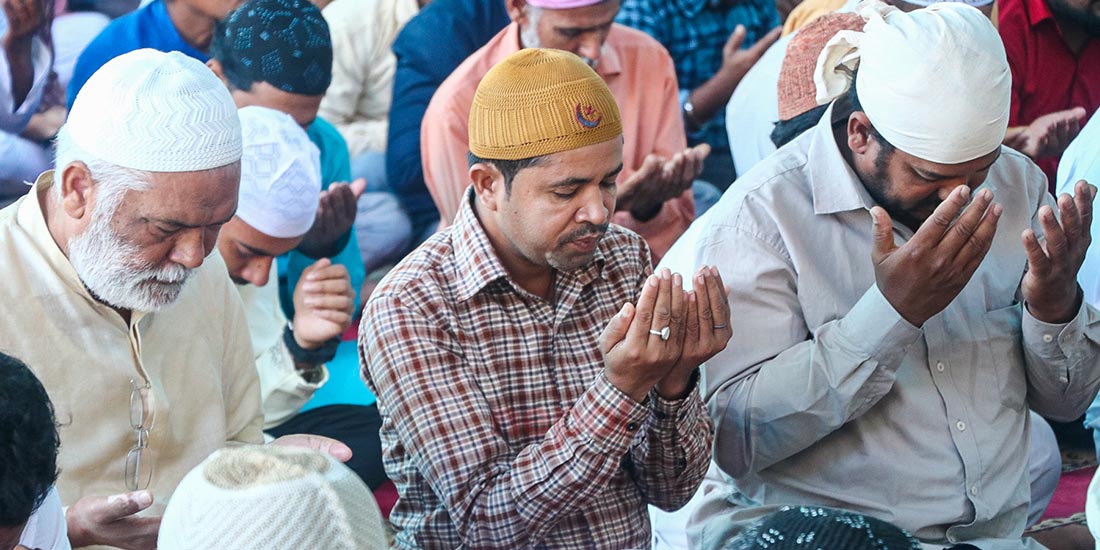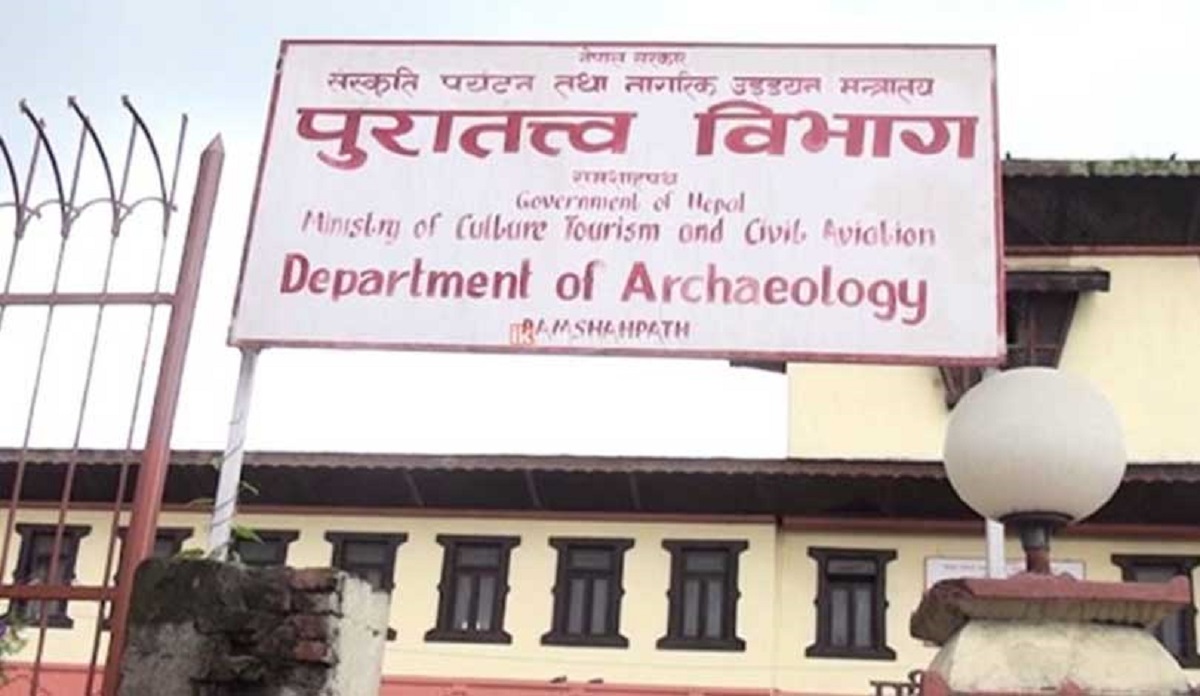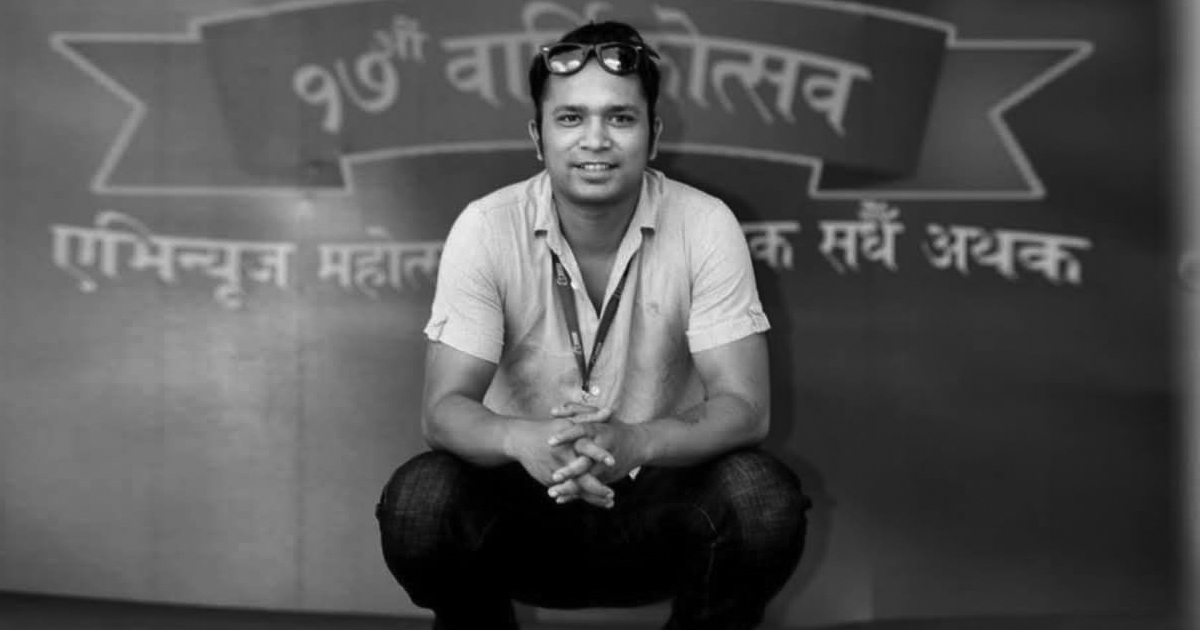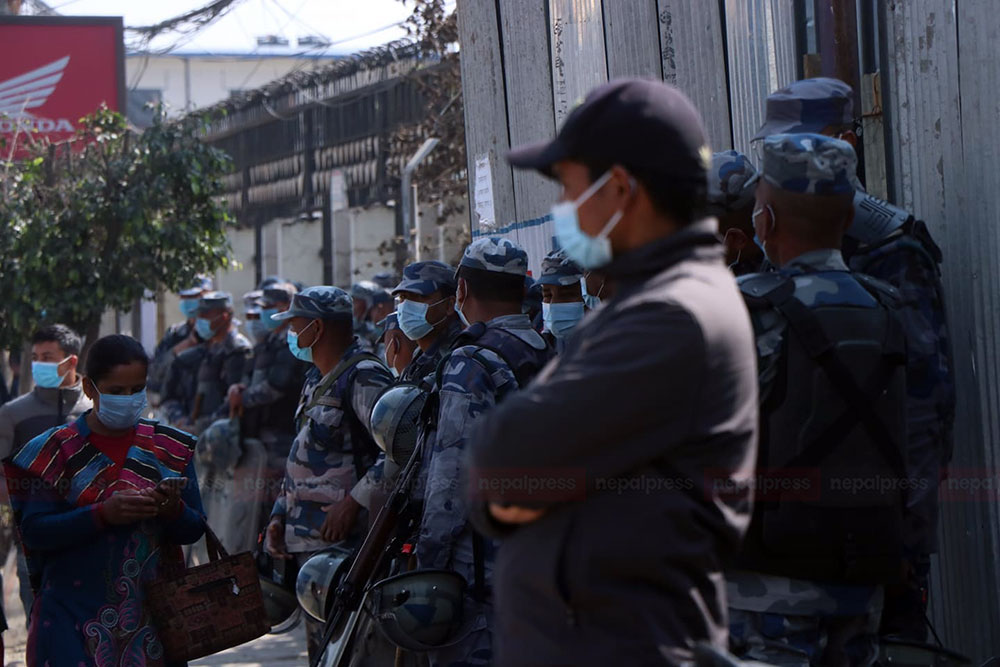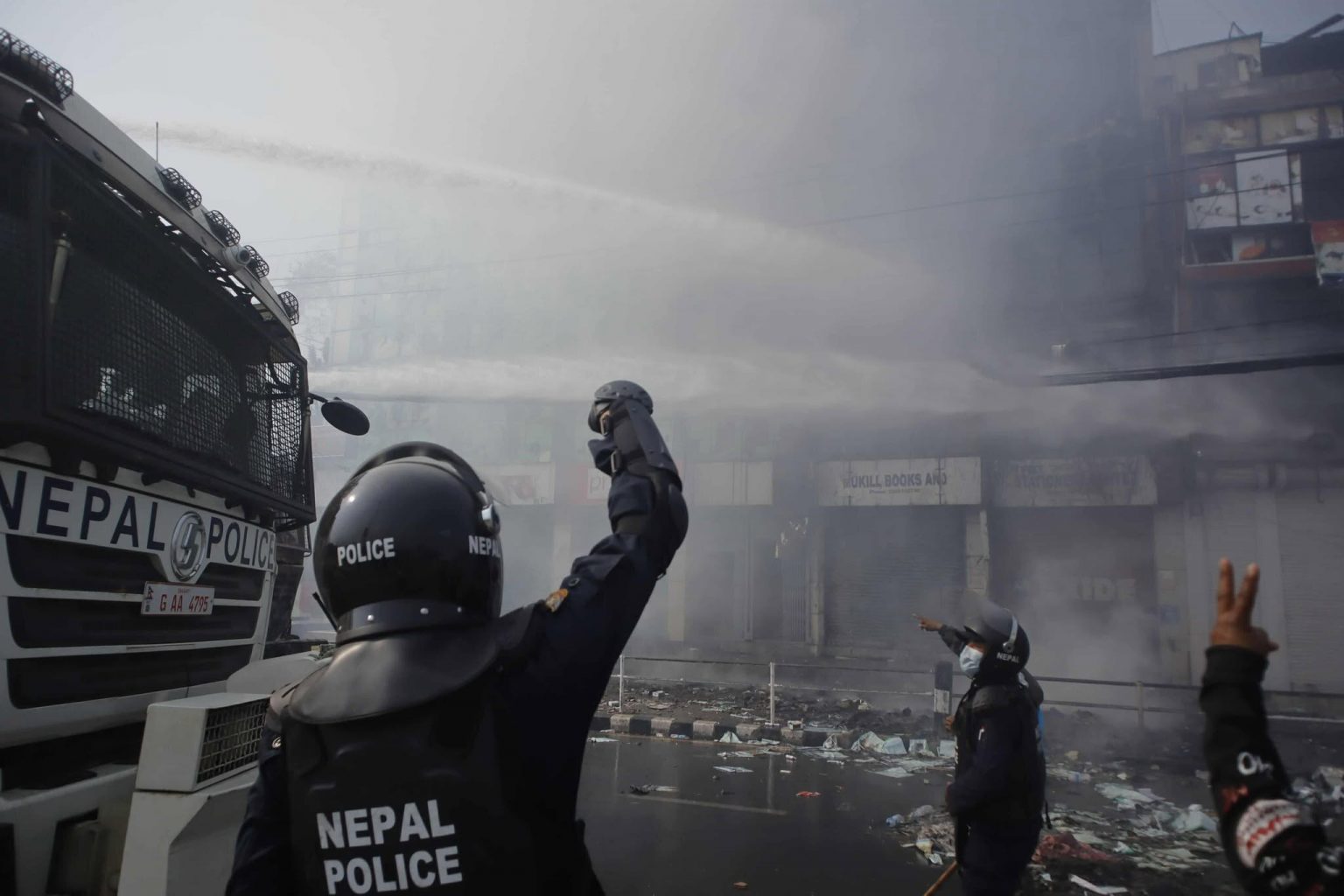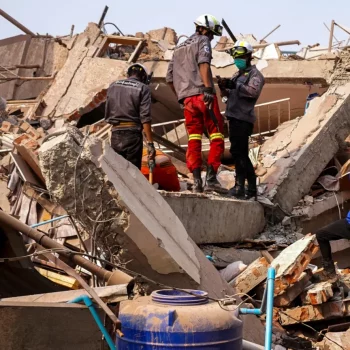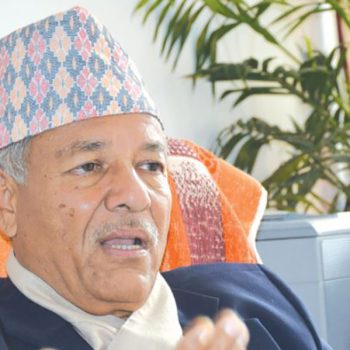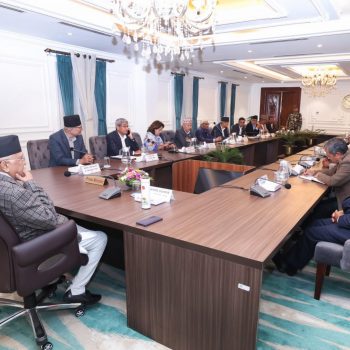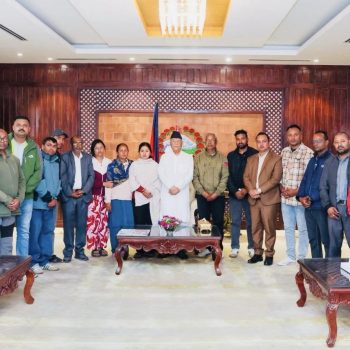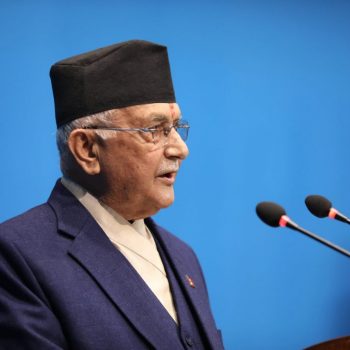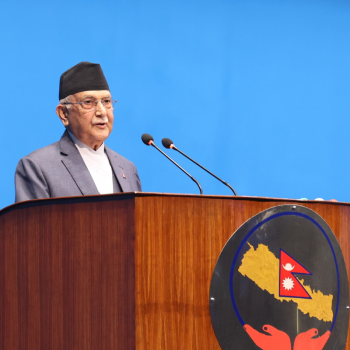Former King Gyanendra: Weak governance but bowed to citizens
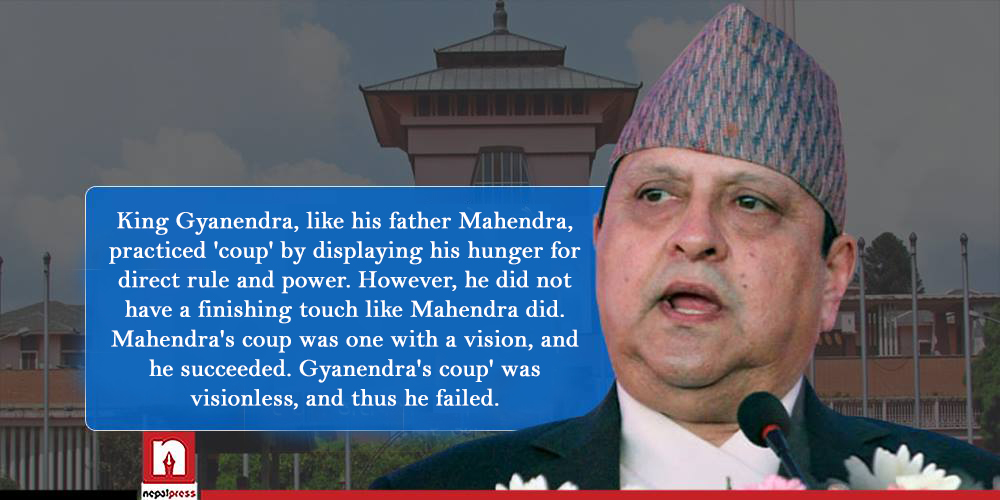
Former King Gyanendra Bir Bikram Shah has entered his 75th-year yesterday. The former king did not celebrate his birthday this time because the coronavirus pandemic has been continuing in the country, and he himself had been infected some time ago.
If the monarchy had not been uprooted from Nepal, the king’s birthday would have been celebrated as a national festival. When the monarchy was active, public holidays were given on this day. However, after the country became a republic, the former king has become a common man and his birthday has become a private matter.
The age of 75 years is part of the later years in life. At this age, people do not have big plans and ambitions left. Former King Gyanendra’s longing or desire to return to power is probably dead. However, the occasional ‘King, Come and save the country’ slogan on the streets probably energizes him at times.
Lucky enough to become king twice
There are very few examples in the world where the same person has been enthroned twice as king of the country. King Gyanendra got this privilege while he was not part of the lineup to become King. Both times he has become the king of the future.
When his grandfather Tribhuvan left the country with his eldest son Mahendra in 2007 to seek refuge in India, the then Rana rulers placed a heavy crown on the head of a naive Gyanendra, who was less than four years old. The Ranas hastily crowned Gyanendra and issued coins in his name.
After the 2007 BS Delhi Accords, Tribhuvan returned to Nepal and took to the throne himself. Gyanendra’s reign ended in just 62 days. Gyanendra probably does not even remember becoming King for the first time.
After Tribhuvan’s death, his eldest son Mahendra became the king, who is known as an ambitious and successful king in the history of Nepal. Birendra, who came after Mahendra, lacked the capacity to rule. However, due to his modest nature, he had gained good popularity among the people. Dipendra was lined up to become King after Birendra. However, due to the unimaginable Durbar massacre, the history of the country took a new turn. After the annihilation of the royal family, Gyanendra was crowned for the second time.
Gyanendra was an infant when he became king for the first time. The Rana used him just so that the throne would not be vacant. When he became king for the second time, Gyanendra was not only mature, he also had a strong desire and ambition to exercise power.
As soon as he became king, he said, “I will not become a king who is seen but not heard, like Birendra.”
However, Gyanendra could not make significant contributions to the country during his seven years in office. He failed to find a solution to the biggest problem of the time, the Maoist People’s War. The Corruption Control Royal Commission was eventually dismissed by the court. Some leaders that were jailed on corruption charges were released by the court. Gyanendra did not want to, or could not control the court at that time.
Gyanendra’s politics looked immature. He did not have a concrete vision for the development of the country. He could neither decisively suppress the movement against him, nor make a timely compromise. As a result, he was forced out and the roots of the monarchy were uprooted from Nepal.
An insult to Gyanendra
Gyanendra came to the throne after the unimaginable event of the tragic massacre of the royal family. The massacre of his own brother’s family was certainly painful for him. His wife Komal was shot in the chest. In this situation, he was to take to the throne as the guardian of the country.
On the other hand, the suspicion that the Durbar massacre was conspired by Gyanendra himself spread among the people. The then Maoist leader Dr Baburam Bhattarai wrote an article in the national daily accusing Gyanendra. When Gyanendra himself failed to investigate the Durbar massacre in a thorough and credible manner, he could not wash away the stains of such accusations against him on time. Even today, there are people who suspect that Gyanendra and Paras had a hand in the Durbar massacre. However, the details of the incident, the evidence obtained and the statements of the eyewitnesses all point to the then prince Dipendra as the sole culprit in the incident.
In this sense, Gyanendra is still being burnt by the poison that he did not consume. If he had formed a capable team quickly after the massacre and carried out a thorough investigation, things could have become clearer. He tried to settle the matter by forming only a two-member inquiry committee of the Chief Justice and the Speaker. The committee made a superficial and inconsistent report without any conclusions, which did not convince the people.
Popularity gained after being dethroned
King Gyanendra, like his father Mahendra, practiced ‘coup’ by displaying his hunger for direct rule and power. However, he did not have a finishing touch like Mahendra did. Mahendra’s coup was one with a vision, and he succeeded. Gyanendra’s coup’ was visionless, and thus he failed.
The parliamentarians who were restored by King Gyanendra decided to throw away the monarchy and make Nepal a republic. After that, Gyanendra had to leave the throne. The monarchy with a history of 240 years left Nepal. Gyanendra, who was at the centre of power and authority as an active king, fell to the status of a common man. He had to leave the Narayanhiti palace and settle in the Nagarjuna forest.
Anyone deprived of the basic services they have been consuming are highly affected by this. We have seen that ministers and prime ministers in the country are ready to do whatever they can to save their seats. In that sense, Gyanendra could use as much force as possible to secure his power and position. He could have made a decisive effort to suppress the movement by deploying the army. However, he did not go that far and was ready to hand over the power to the people. When he left Narayanhiti without any further controversy, a kind of sympathy and positivity towards him was instilled in the people.
Since then, the popularity of the former King has risen. With the failure of political parties and the possible failure of the republic, a section of the people have started looking back at the former monarchy. The slogan “King, Come and save the country” is being heard. The younger generation of the country has a hidden inclination towards the former monarchy.
Recently, in a television program, popular actor Paul Shah was asked, “Are you in favor of ‘King, come and save the country’ or for KP Oli to come and run the country again?” He quickly answered, “I am in favor of ‘King, come and save the country.”
He also argued that the role of a guardian was needed to run the country, and that role was not fulfilled by political parties.
Some time ago, there was an agitation in the streets of the country demanding the return of the king. In that movement, there were not only fanatical monarchists but also a group of young people who were neutral politically. Looking at social media, it seems that the graph of public support for the former monarchy has been rising recently.
However, it is not necessary for the former king to be too energized by this. This is a result of the people’s disgust towards the current politics more than the expectations towards him. The possibility of the restoration of the monarchy at the strength of this public support is very far-fetched. As there is no strong political force in support of the king, it is unlikely that a movement to overthrow the republic will emerge in the near future.
Parties still scared of the former king
The movement of 2062-63 did not really start with the main objective of overthrowing the king. If Gyanendra had flexibly delegated power to the parties in the first half of the movement, his throne would not have been lost. By the time he became flexible, it was too late. The parties had reached the agenda of the republic.
Even now, the supporters of the monarchy see the hand of foreign power in the coming of the republic in Nepal more than the will of the people. They argue that India, especially its southern neighbor, has squandered the republican movement, realizing that it cannot intervene directly in Nepal as long as there is a monarchy. During the movement of 2062-063, various Indian leaders used to come and address the meetings. The famous 12-point agreement between the then Maoists and the seven parties was also reached in Delhi, which is believed to have laid the foundation for a republic.
The system of having a king’s son as king is certainly not suitable for the present age. However, due to Nepal’s geopolitics, the monarchy did have some advantages. A strong and stable structure like the monarchy could have prevented foreign intervention in the country to some extent. However, this is not to say that there was no foreign intervention in the monarchy.
The guardianship that the people felt from the monarchy has not been felt by the president after the republic. The institution of the presidency has not been able to maintain the dignity and weight of the monarchy. Prachanda, the chairman of the Maoist center, who played a role in bringing a republic to Nepal, has said, “The king had more dignity than the president.”
This system has not been institutionalized in the country even after a decade and a half of the republic. Therefore, even today, political parties and leaders are still terrified by the statements of former King Gyanendra. However, former King Gyanendra has made no attempt to re-establish himself after his descent from the throne. Probably he will not even try to do it anymore.


